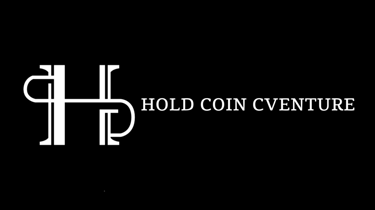Non-Crypto Businesses Are Building on Ethereum
Currently, more than 50 non-cryptocurrency businesses are developing products and services on the Ethereum platform along with Layer-2 solutions.
INSIGHTS
2/25/20254 min read
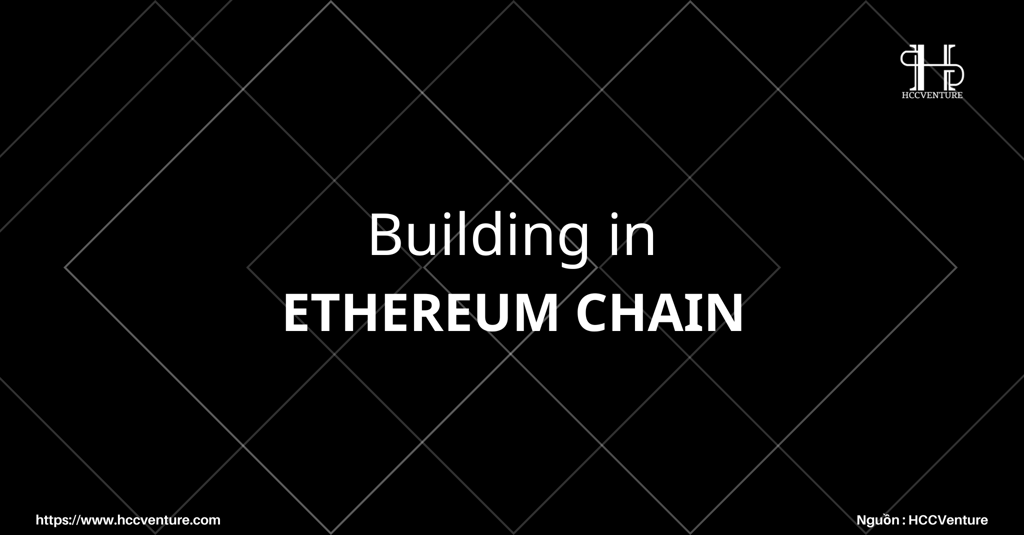

Overview
Currently, more than 50 non-cryptocurrency businesses are developing products and services on the Ethereum platform along with Layer-2 solutions.
These companies range from renowned fashion brands like Louis Vuitton and Adidas to leading financial institutions like Deutsche Bank and PayPal. They are not only integrating cryptocurrencies into their existing operations but are also creating new products based on blockchain technology, focusing on areas such as NFTs, real-world assets RWAs, Web3 development tools, and Layer-2 solutions.
Real-World Asset Applications RWA on Ethereum
Many of the world’s largest financial institutions are leveraging Ethereum to issue cryptoassets, from Franklin OnChain money market funds to government bonds issued by the European Investment Bank. Of the 20 financial institutions that have deployed crypto infrastructure, 13 are issuing RWAs on Ethereum and its Layer-2s.
This makes Ethereum the leading blockchain for tokenizing assets, with a total value of RWA issued 10 times higher than the second-ranked platform, Stellar. One notable Layer-2 is ZKsync, which has a higher number of RWA issued than Stellar due to its scalability and low transaction costs
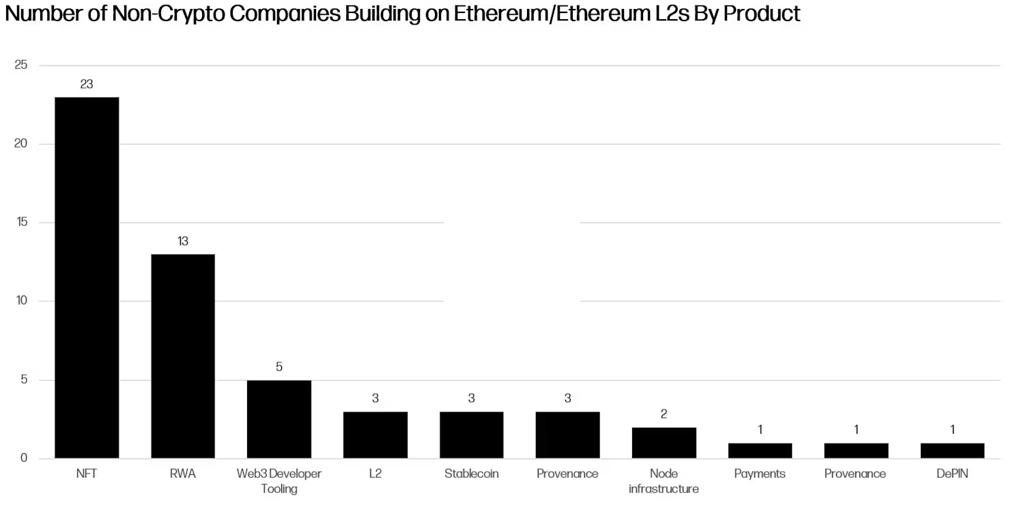

BlackRock, the world’s largest asset manager, has launched the USD BUIDL Digital Liquidity Fund on Ethereum, offering investors the opportunity to earn USD yields with fast, transparent settlement and integration between traditional finance and DeFi.
Since March 2024, BlackRock has expanded the fund to five more blockchains, three of which are Ethereum Layer-2 blockchains.
The value of RWAs issued on Ethereum has tripled in just the past year, with over 160 RWA assets issued and over 60,000 wallets holding them.
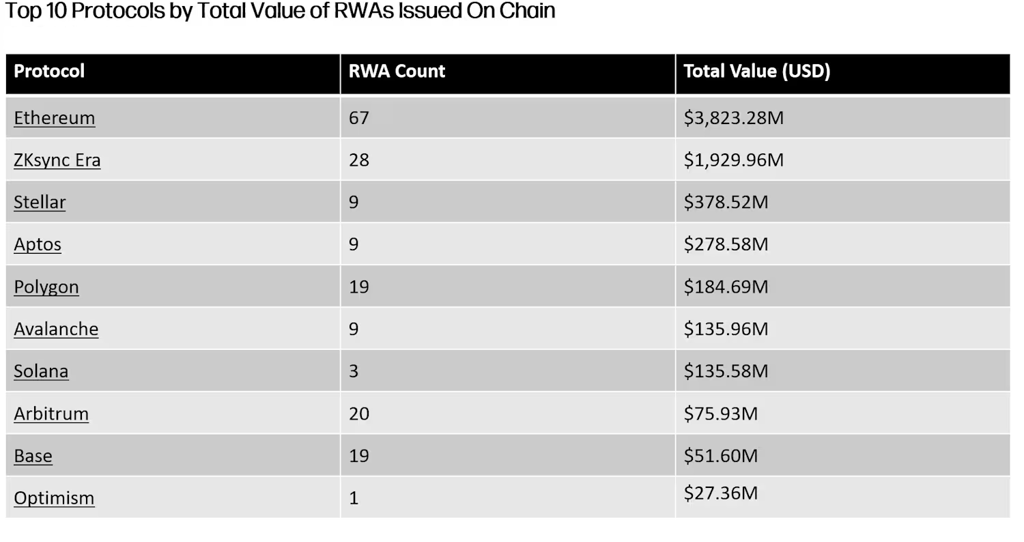

Stablecoins on Ethereum
In addition to issuing RWA, many financial institutions are also developing their own stablecoins on Ethereum. PayPal launched PYUSD in August 2023 and then expanded its issuance to Solana. Robinhood, in collaboration with major partners such as Galaxy Digital and Kraken, issued USDG on Ethereum in November 2024.
The total supply of stablecoins on Ethereum has increased by 70% over the past year, and Ethereum now accounts for more than 50% of the total global stablecoin market share. The total stablecoin supply is expected to surpass $400 billion by 2025, especially thanks to major deals like Stripe's $1 billion acquisition of stablecoin payments platform Bridge in 2024.
Scalable blockchain infrastructure on Ethereum
Not only limited to the financial sector, Ethereum is also used by many large corporations to develop scalable blockchain infrastructure.
Deutsche Bank is now partnering with Matter Labs to build a private Layer-2 on Ethereum, exploring the potential of public blockchains in global finance.
Sony has also launched a Layer-2 based on OP Stack technology, to support applications related to gaming, finance and entertainment.
While there is still much debate about how much control businesses have over Layer-2s, the involvement of large corporations like Sony shows that they are seriously investing in blockchain technology and looking for new ways to apply it.
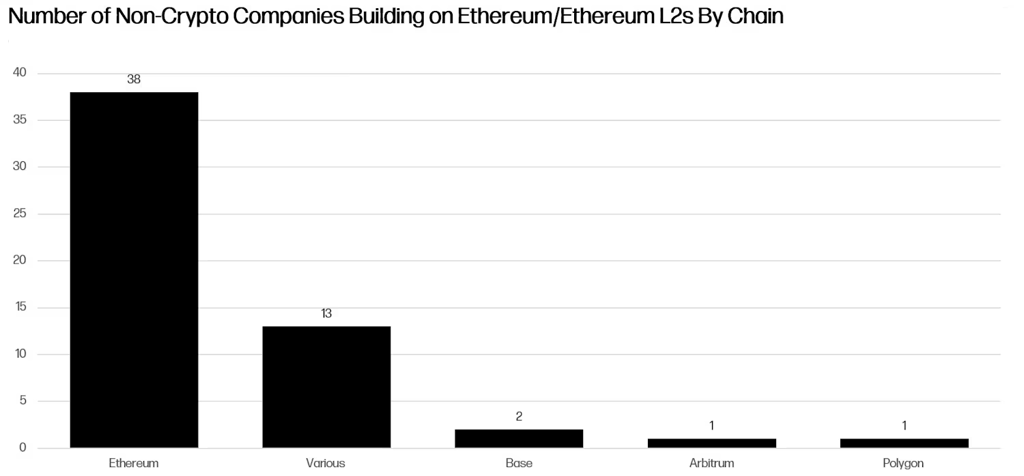

Impact and potential
Ethereum continues to assert its position as the leading blockchain platform for traditional financial institutions looking to deploy cryptocurrency products and services.
Layer-2s extend the capabilities of Ethereum, providing a more optimal solution for businesses that want to access Web3 while still ensuring security and legal compliance requirements.
With the participation of large corporations such as BlackRock, Deutsche Bank and Sony, Ethereum is gradually becoming an important bridge in digitizing assets and developing global blockchain infrastructure.
NFTs and RWAs are becoming Ethereum's most important use cases for non-crypto companies and organizations.
Among the companies issuing NFTs on the Ethereum ecosystem, the most active businesses in 2025 are focusing on on-chain gaming applications, especially on Ethereum's Layer-2s.
This shows that the scalability advantage of Layer-2s is significantly supporting cryptocurrency applications that require frequent on-chain interactions, such as gaming by major retail brands and global corporations.
Ethereum's commitment to scaling infrastructure through rollup solutions also creates opportunities for traditional financial institutions and other industries to adopt blockchain technology in a sustainable manner, focusing on real-world use cases rather than speculation.
Ultimately, Ethereum remains the platform of choice for issuing RWAs and stablecoins in traditional finance. Significant partnerships and acquisitions set to take place in 2024 are expected to pave the way for a stablecoin boom in 2025.
Follow HCCVenture to get the latest market information. Once again, we give our opinion on potential projects in the crypto market. This is not investment advice, consider your investment portfolio. Disclaimer: The views expressed in this article are solely those of the author and do not represent the platform in any way. This article is not intended to be a guide to making investment decisions.
Data from: Galaxy Digital
Data by HCCVenture
Join our ecosystem: HCCVenture
Explore HCCVenture group
HCCVenture © 2023. All rights reserved.


Connect with us
Popular content
Contact to us
E-mail : holdcoincventure_contact@hccventure.com
Register : https://linktr.ee/holdcoincventure
Disclaimer: The information on this website is for informational purposes only and should not be considered investment advice. We are not responsible for any risks or losses arising from investment decisions based on the content here.


TERMS AND CONDITIONS • CUSTOMER PROTECTION POLICY
ANALYTICAL AND NEWS CONTENT IS COMPILED AND PROVIDED BY EXPERTS IN THE FIELD OF DIGITAL FINANCE AND BLOCKCHAIN BELONGING TO HCCVENTURE ORGANIZATION, INCLUDING OWNERSHIP OF THE CONTENT.
RESPONSIBLE FOR MANAGING ALL CONTENT AND ANALYSIS: HCCVENTURE FOUNDER - TRUONG MINH HUY
Read warnings about scams and phishing emails — REPORT A PROBLEM WITH OUR SITE.
